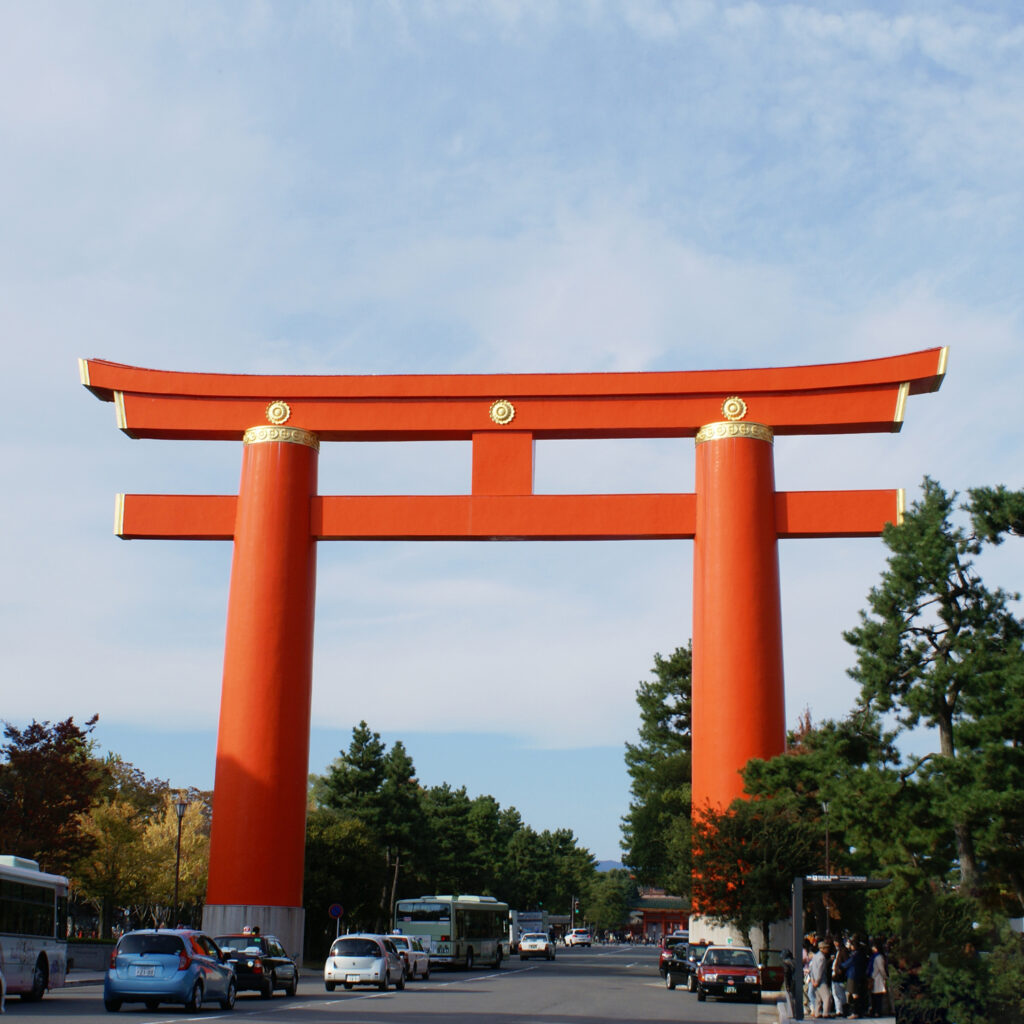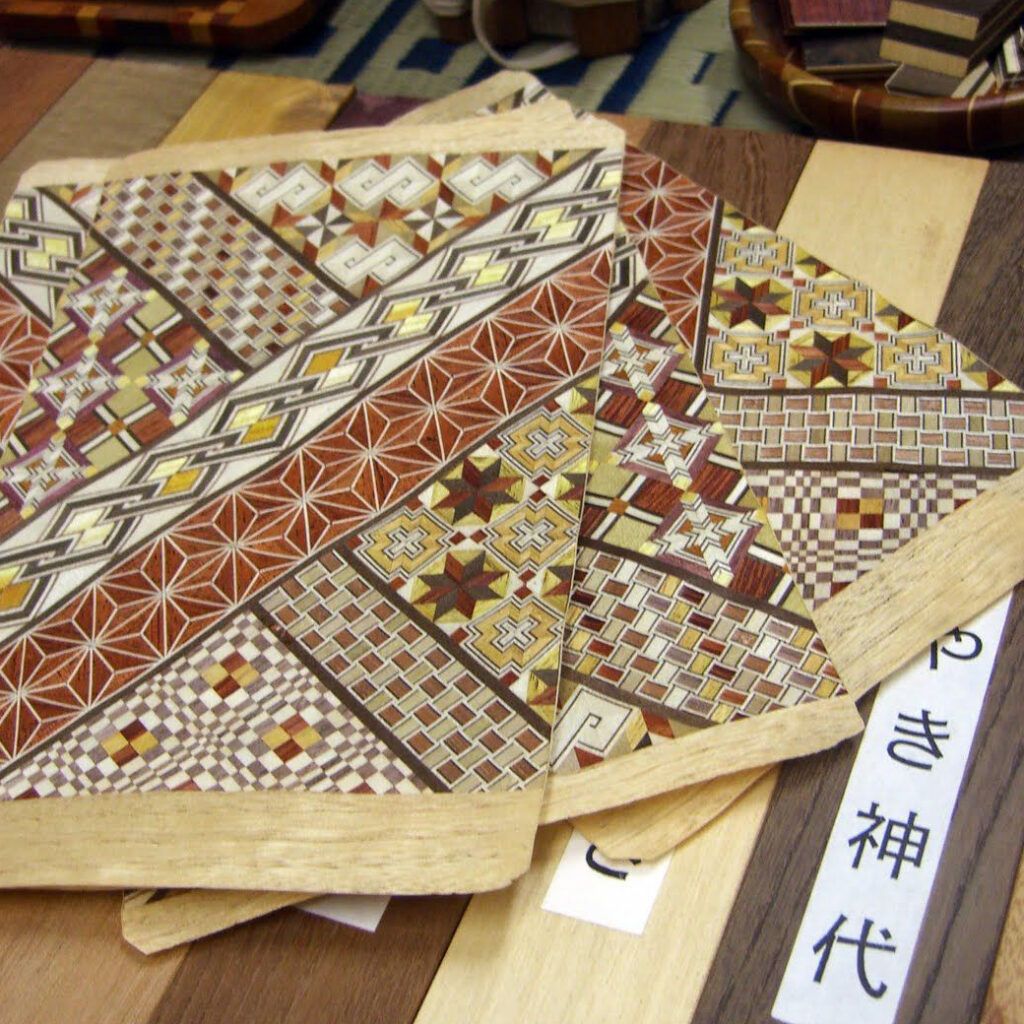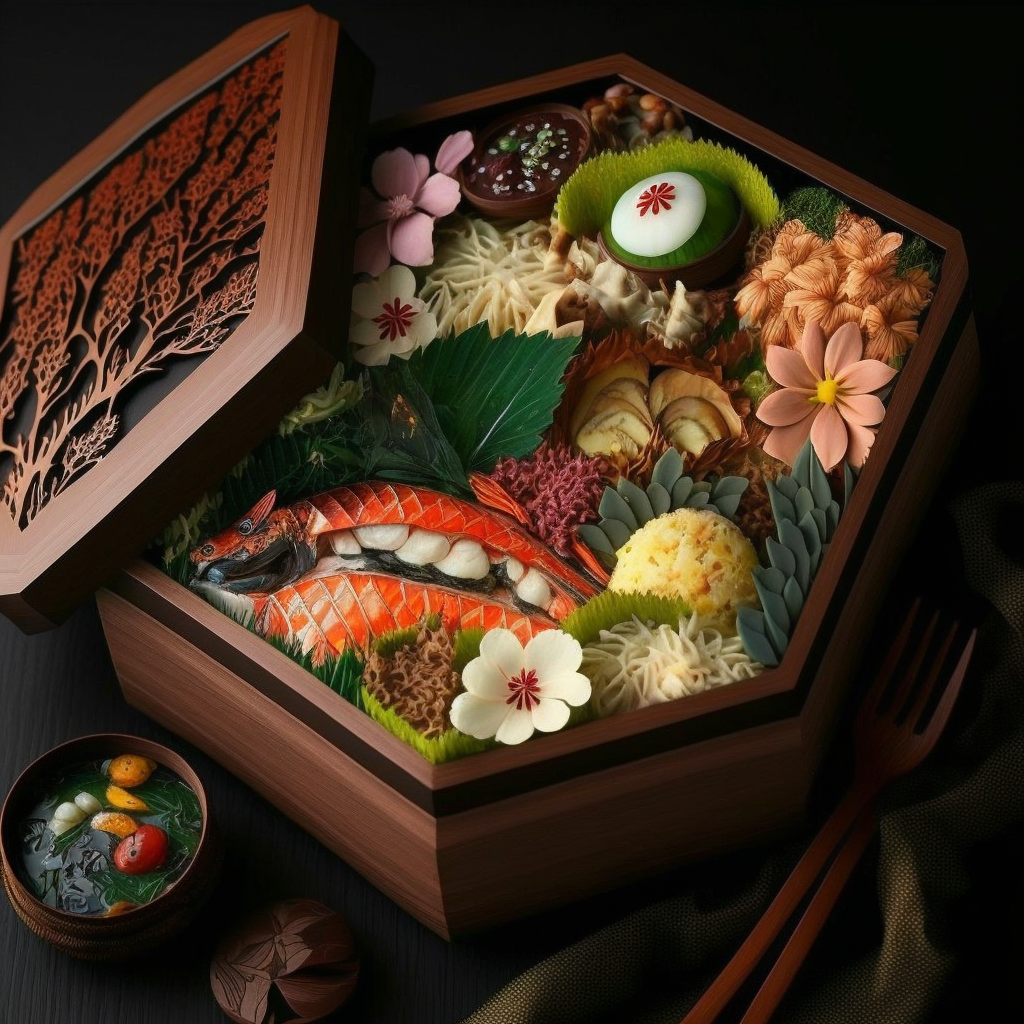Torii are traditional Japanese portals that mark the entrance to Shinto shrines. They are emblematic elements of the culture and religion of Japan. These imposing and colorful structures are symbols of the spirituality and beauty of the Japanese archipelago. In this article, we will discover the history, the meaning and the different forms of these unique portals.
History of Torii:
The history of the Torii goes back more than 1000 years. The first Torii are believed to have been built in the 10th century to mark the entrance to Shinto shrines. The word “torii” comes from the Japanese “tori” meaning “bird” and “i” meaning “station”. This means that Torii were originally designed as places where birds could rest in peace.
Over the centuries, the Torii became more imposing and were associated with important events in Japanese life. Torii have been used to mark places where warriors prepared for battle, to commemorate historical events and to celebrate religious holidays.
Meaning of the Torii:
Torii are considered to be portals that separate the secular world from the sacred world. They symbolize the entrance to a Shinto place of worship, but also the passage from the earthly world to the heavenly world. Torii are often built near the sea, rivers or mountains, natural elements sacred in Shinto religion.
Torii are also associated with purification and protection. By passing under a Torii, worshippers purify themselves and are protected from evil spirits. Torii are often painted red, a color considered sacred in the Shinto religion.
The different types of Torii :
There are several types of Torii. The most common is the two-pillar Torii. It is composed of two vertical pillars and a horizontal beam called “kasagi”. The horizontal beam can be straight or curved, and the top of the pillars can be rounded or pointed.
The four-pillar torii, called “yotsu-ashi torii”, is a bit rarer. It consists of four vertical pillars and two horizontal beams.
The stone torii is also quite common. It is often used to mark the entrance of cemeteries or Buddhist temples.
Finally, there are solid wood torii called “myojin torii”. They are considered the most sacred and precious. These Torii are often built to mark the entrance of the most important shrines in Japan.
The importance of torii in Japan
The role of Torii in Japanese culture is so important that these portals can be seen in various types of media, including anime, movies and video games. The Torii are also a popular tourist destination for visitors to Japan who want to explore the beauty of the Shinto religion and Japanese history.
Torii are often surrounded by other Shinto symbols such as stone lanterns, statues of gods and purifying water fountains. Japanese worshippers often come to pray and purify themselves before passing under the Torii to enter the shrine.
Torii also have an important meaning in Japanese art. Paintings and prints of Torii are common in traditional Japanese art, and modern Japanese architects have also been inspired by the distinctive shape of Torii.
The most beautiful torii
- Itsukushima Torii: Located on the island of Miyajima, this torii is the largest floating torii in Japan, measuring about 16 meters in height. The view of this torii is particularly impressive at sunset, when the torii seems to float on the burning water.
- Hakone Torii: located in the Hakone area, about two hours from Tokyo, this torii is also floating on a lake. Surrounded by the surrounding mountains, the torii creates a picturesque and peaceful view.
- Fushimi Inari Torii: Located in Kyoto, Fushimi Inari Shrine is famous for its red torii trail that winds through the hills. The thousands of torii form a sea of red, creating a unique and impressive landscape.
- Shirahige Torii: Located in Shiga Prefecture, Shirahige Torii is one of the few wooden torii floating on the fresh water of Lake Biwa. Its elegant shape and picturesque location make it a popular place for photography.
Meiji-jingu Tori: Located at the entrance of the park leading to Meiji-jingu Shrine. It is considered to be one of the largest wooden torii in Japan. The torii is decorated with Shinto symbols and is painted in bright red, creating a beautiful view in a green environment.



